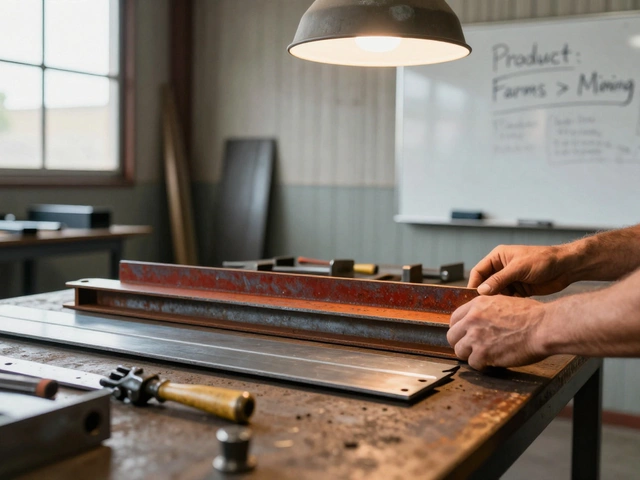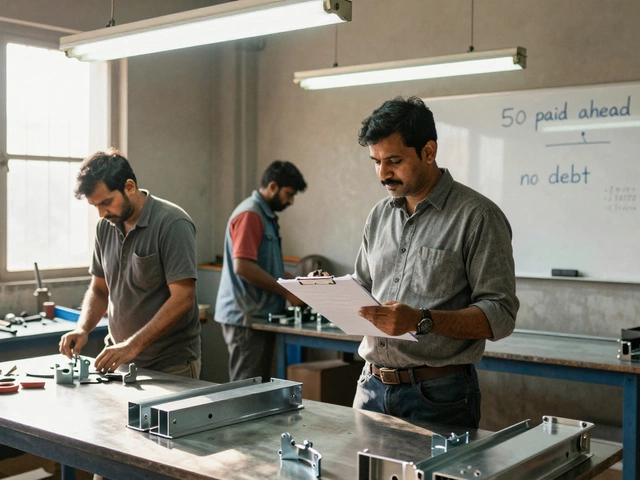Production Process: What Works, What Doesn’t, and How to Get Better
If you run a factory, a workshop, or even a small‑scale unit, the production process is the heart of everything you do. Get it right and you’ll see higher output, lower waste, and happier customers. Get it wrong and you’re stuck fixing mistakes day after day. Below you’ll find the basics that keep a line moving smoothly and a few real‑world tricks you can start using right now.
Core Elements of a Smooth Production Process
Think of any successful line and you’ll see the same five pillars showing up over and over: people, machines, material, method, and measurement. This is the classic “5 M’s of manufacturing.” People (Man) need clear roles and training; machines must be well‑maintained and suited to the job; material should be the right quality and arrive on time; method is the step‑by‑step plan that tells everyone what to do; and measurement tracks if the process hits targets. Skipping even one pillar can cause a bottleneck that drags the whole line down.
Start by writing down each step of your current method. Look for places where work piles up or where errors spike. Those are the spots where you can add a quick check (measurement) or adjust the tool (machine) to keep things flowing.
How to Apply These Ideas in Your Business
Got a small‑scale industry idea? The first thing to do is match your product to the right method. A step‑by‑step guide for launching a small scale industry suggests picking a product you understand, then mapping out every operation—from raw material receipt to final packaging. Once you have that map, ask yourself: Do I have the right people trained for each task? Do I need a new cutter, a better dryer, or just a tighter maintenance schedule?
Next, set up simple metrics. You don’t need a fancy ERP system; a spreadsheet that logs daily output, scrap rate, and cycle time does the job for most small plants. When the numbers start trending upward, you’ll know which changes are actually helping.
Don’t forget the bigger picture. The factory system’s biggest economic advantage is mass production—producing lots of identical items at low cost. If you can standardize your method, you’ll unlock that advantage even on a modest scale. Look at the “Major Economic Advantage of the Factory System” post for a quick history of why this works.
Finally, keep an eye on industry trends. Articles like “Understanding the 5 M’s of Manufacturing” and “Highest Demand Product Ideas for Manufacturing Startups” show which parts of the process are hot right now—automation, data‑driven quality checks, and sustainable material handling. Borrow a tip, test it on a pilot line, and scale only if it proves useful.
In short, a solid production process combines clear people roles, reliable machines, right‑on‑time material, a repeatable method, and honest measurements. Write it down, measure it, and tweak it constantly. That’s the fastest way to turn a chaotic shop floor into a predictable profit machine.
How to Become a Successful Manufacturer: Step-by-Step Guide for 2025
Discover how to become a manufacturer in 2025. Step-by-step guide packed with facts, tips, real examples, startup advice, and details every beginner should know.
Read More




